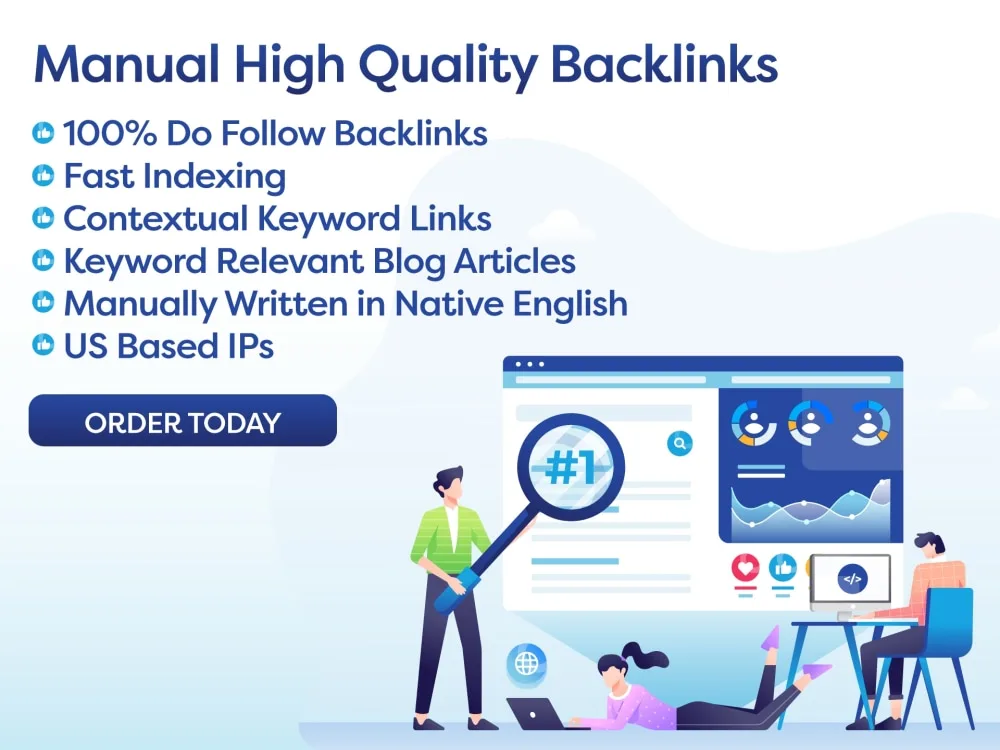Visual content has a significant impact on SEO rankings, with images, infographics, and videos engaging users and improving dwell time on websites. Descriptive file names, alt text, and compression are key for optimizing visuals for search engines. Tools like Canva and Adobe Spark can help create SEO-friendly visuals. Best practices include ensuring relevance and strategic placement of visuals throughout the website. Conducting a visual content audit, researching keywords, experimenting with different visuals, and monitoring performance with analytics tools are crucial steps for optimization. By incorporating visual content effectively, beginners can enhance their SEO strategy and attract more organic traffic.
Did you know that visual content can significantly impact your SEO? Discover how to leverage visuals to boost your website’s search engine rankings.
Introduction:
Visual content plays a crucial role in SEO strategies for beginners. With the increasing importance of visual elements on websites and social media platforms, understanding how to optimize these visuals for search engines is essential for improving visibility and driving traffic. As SEO beginners, mastering the art of incorporating visual content into your strategy will give you a competitive edge in the digital landscape.
Key Takeaways:
- The importance of visual content in SEO
- Types of visual content for SEO
- Optimizing visual content for search engines
- Tools and resources for creating SEO-friendly visuals
- Best practices for integrating visual content into your SEO strategy
Key Point 1: The importance of visual content in SEO
- Visual content, such as images, infographics, and videos, play a vital role in engaging users and increasing their time on your website.
- Search engines prioritize websites with high-quality visual content, as it enhances the user experience and increases dwell time on the site.
Key Point 2: Types of visual content for SEO
- Images: High-quality images that are relevant to your content can significantly impact your SEO rankings.
- Infographics: Visual representations of data that are easily shareable and can attract backlinks, improving your website’s authority.
Key Point 3: Optimizing visual content for search engines
- Use descriptive file names and alt text to provide context to search engines about the content of your visuals.
- Compress images to optimize load times and improve user experience, which is a crucial ranking factor for search engines.
Key Point 4: Tools and resources for creating SEO-friendly visuals
- Canva: A user-friendly design tool that allows you to create custom visuals for your website.
- Adobe Spark: Create stunning graphics, web pages, and video stories with this powerful tool.
Key Point 5: Best practices for integrating visual content into your SEO strategy
- Ensure your visuals are relevant to your content and add value to the user experience.
- Use visuals strategically throughout your website to break up text and keep users engaged.
Action Plan:
- Conduct a visual content audit of your website to identify areas for improvement.
- Research keywords related to your visuals and incorporate them into file names, alt text, and captions.
- Experiment with different types of visual content to see what resonates best with your audience.
- Monitor the performance of your visual content using analytics tools to make data-driven decisions for optimization.
Conclusion:
In conclusion, visual content is a powerful tool for boosting your website’s SEO rankings. By understanding the importance of visual content, utilizing different types of visuals, optimizing them for search engines, using the right tools, and following best practices, you can enhance your SEO strategy and attract more organic traffic to your website.
FAQ:
Q: How can I optimize images for SEO?
A: Optimize images by using descriptive file names, adding alt text, and compressing them for faster load times.
Q: What are the best practices for using infographics in SEO?
A: Create high-quality infographics that are easily shareable and contain valuable information relevant to your target audience.

